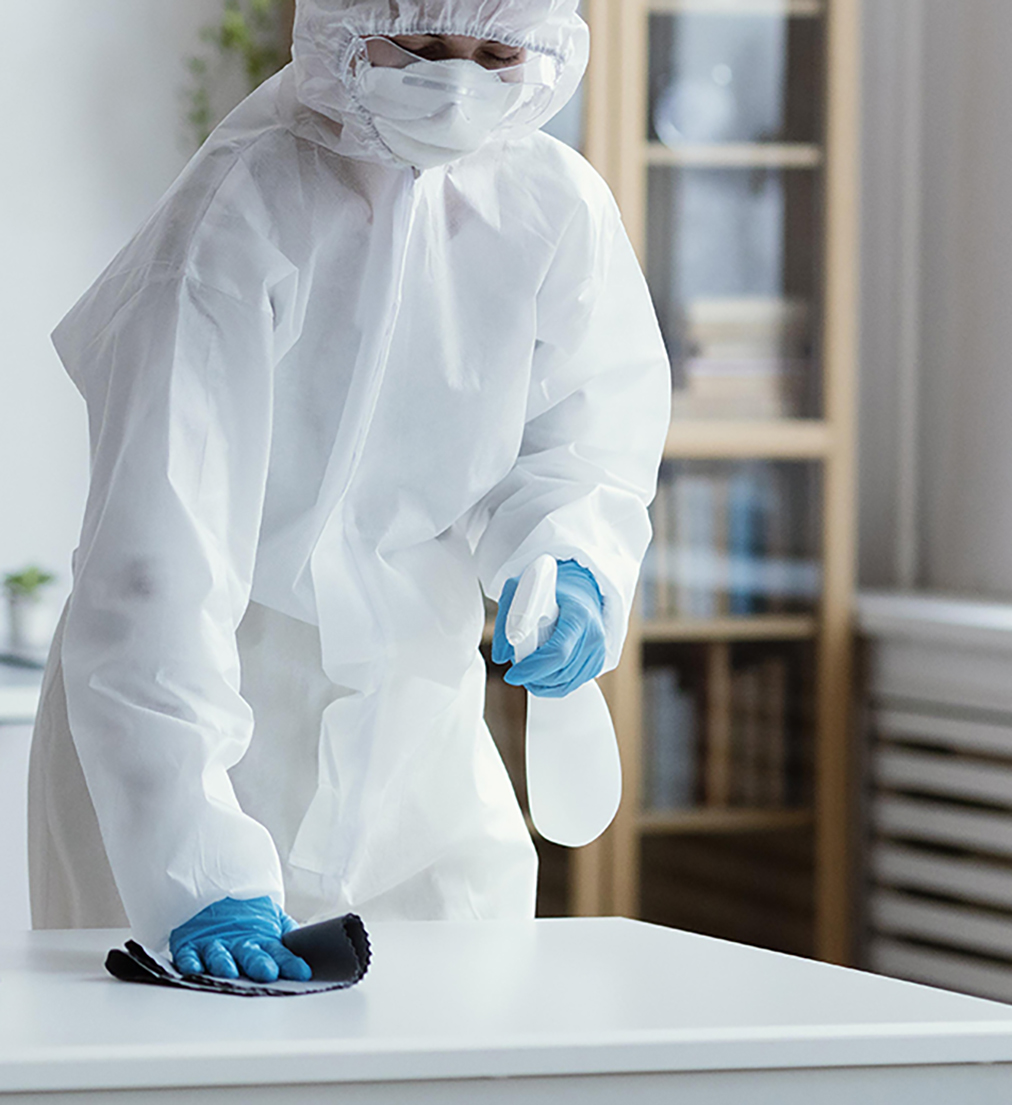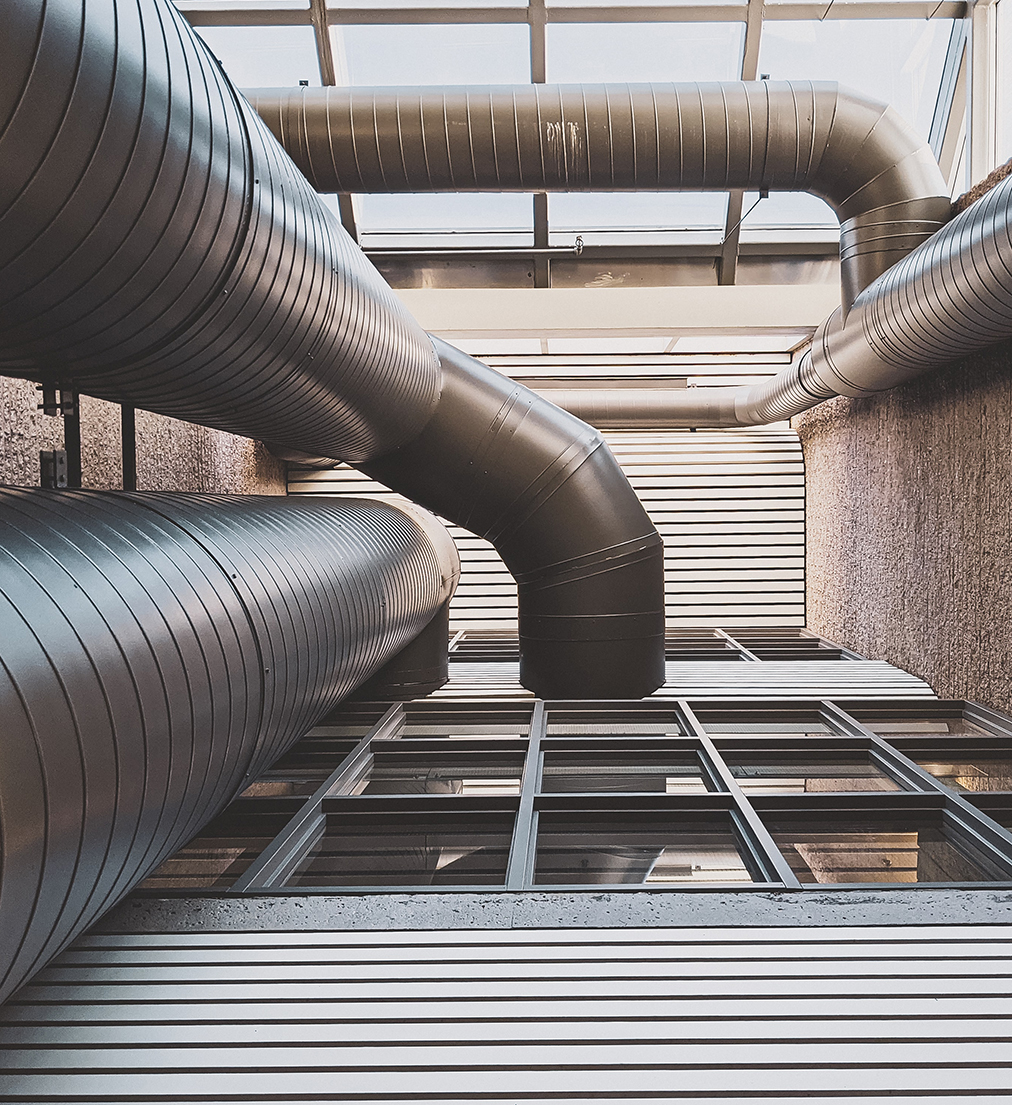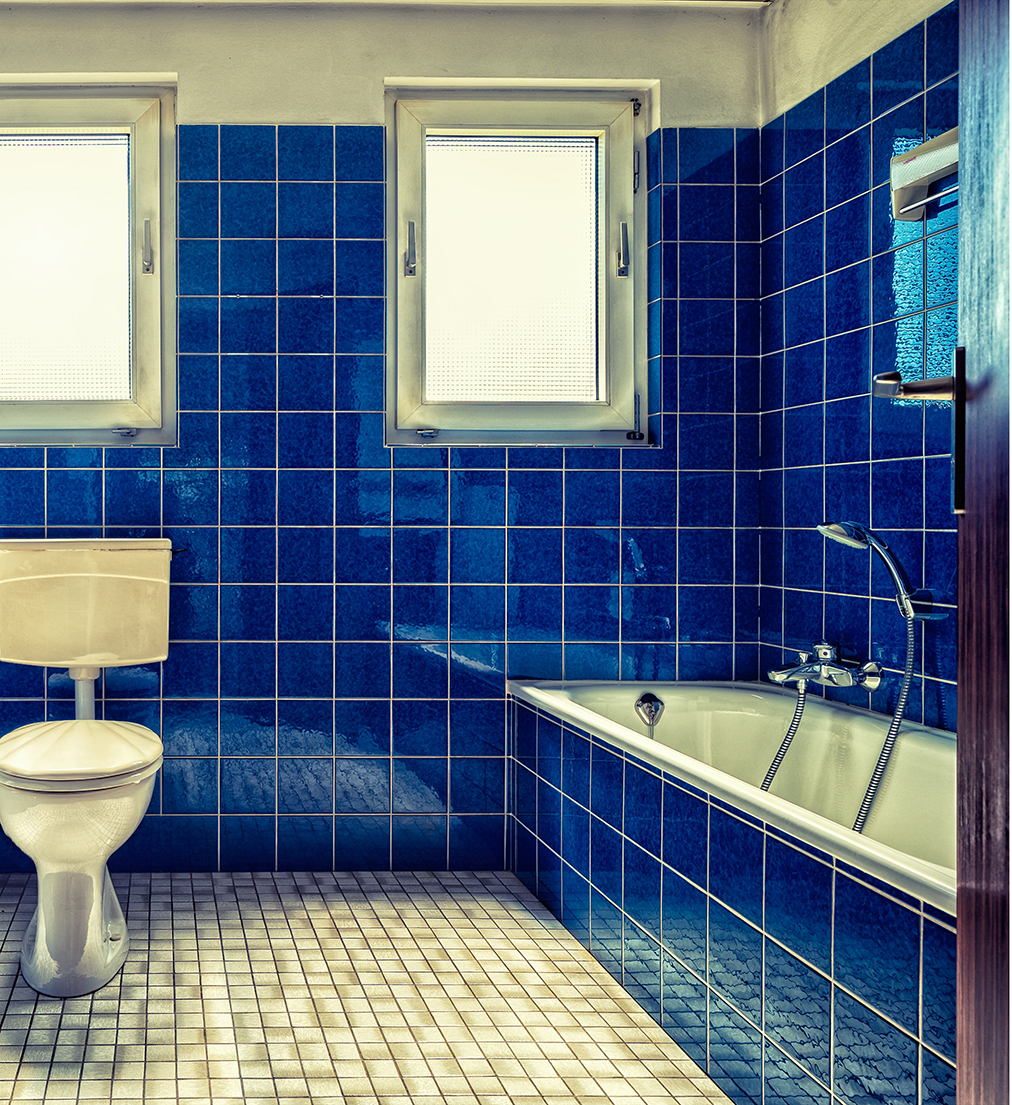[breadcrumb]
Disinfection in the context of building services
What is the link between disinfection and building services? Sure, the caretaker refills the dispensers in the lobby with hand sanitiser and disinfects the toilets now and again. Surely there is no further need for disinfection when it comes to building services?
Disinfectants: why are they used in building services?
The core tasks of building services include supplying the building with water, gas, electricity and air, as well as heating and cooling. Disinfectants are not on this list… or are they? While gas and electricity are not affected by microbial contamination, the situation is very different for air and water.
„Sick Building Syndrome“, which is caused by germs in ventilation systems, Legionella in hot water pipes, Pseudomonas and other germs in humidifiers, refers to just some of the problems faced by facility management teams in the context of disinfection. In addition, failure to treat the potential sources of disinfection with a suitable disinfectant can very quickly result in widespread illness. This is because certain building-services systems can quickly spread pathogens to a large number of people.
[expander_maker id=”2″ more=”Read more” less=”Read less”]Disinfection of contaminated ventilation systems – what can actually be done here?
Ventilation ducts, fans, air conditioners, filters – any build-up of dirt in these areas (a frequent and regular occurrence) is the first step towards contamination via airborne pathogens. As soon as some condensation water is added to the dirt deposits, the formation of moulds and bacterial layers is guaranteed.
Therefore, the task of the facility management team is – through careful planning and regular execution – to ensure adequate hygiene via cleaning and disinfection of the ventilation systems to keep them free of dirt and germs. This is not too difficult from a technical point of view. Dust and dirt can be removed from each ventilation duct relatively easily by means of rotating brushes and flexible shafts.
Disinfectants can be applied either by spraying or cold fogging to ensure thorough disinfection of the cleaned ventilation components. Detailed information on this topic can be found under the headings „Disinfection of ventilation systems“ or „Disinfection of ventilation ducts“.
Legionella in hot-water systems: disinfection and Legionella control in building services.
Legionella outbreaks in hot-water systems, air-conditioning systems or humidifiers fortunately do not happen very often, however these potentially life-threatening hazards fall within the area of responsibility of the facility management team, which must take the necessary steps to avoid them. Legionella are bacteria that multiply in warm water at temperatures of up to 50 degrees Celsius and can be inhaled as aerosols under unfavourable conditions (e.g. in the shower). This in turn can cause flu-like illnesses and, in the worst case, fatal pneumonia.
The control of Legionella within building services, i.e. the prevention of contamination, is a relatively simple problem. It is basically a case of ensuring that any „dead lines“ (water pipes leading to tapping points that are no longer in use) are carefully isolated and sealed off.
Care should also be taken to ensure that the temperature in all parts of the pipeline exceeds 50 degrees Celsius at least once per day. This is known as thermal disinfection and is the simplest method of Legionella control. Chemical disinfection is only necessary for very long pipelines in which thermal disinfection is not possible.
Preventing microbial contamination of cooling towers – disinfection obligation for building services
Cooling towers for machinery, plants and/or air-conditioning systems can be found in almost every large building. Typically, these cooling systems are air-cooled and therefore do not require extensive maintenance. However, if wet cooling towers or hybrid cooling towers are used, regular treatment of the cooling water with hardness stabilisers, anti-corrosion agents and water disinfectants is necessary from the outset. Otherwise, there is a risk of reduced performance and increased wear and tear of the equipment on the one hand, and contamination by Pseudomonas and Legionella bacteria on the other. These systems can spread infectious droplets of water mist over very long distances.
The facility management team can eliminate this risk via professional disinfection. Once a cooling tower has been properly cleaned, it is simply a case of sporadically refilling and dosing the chemicals and disinfectants in the cooling water, and inspecting the dosing pumps and injection valves. If maintained in this way, any cooling tower will provide optimum performance for many years without health risks. [/expander_maker]





